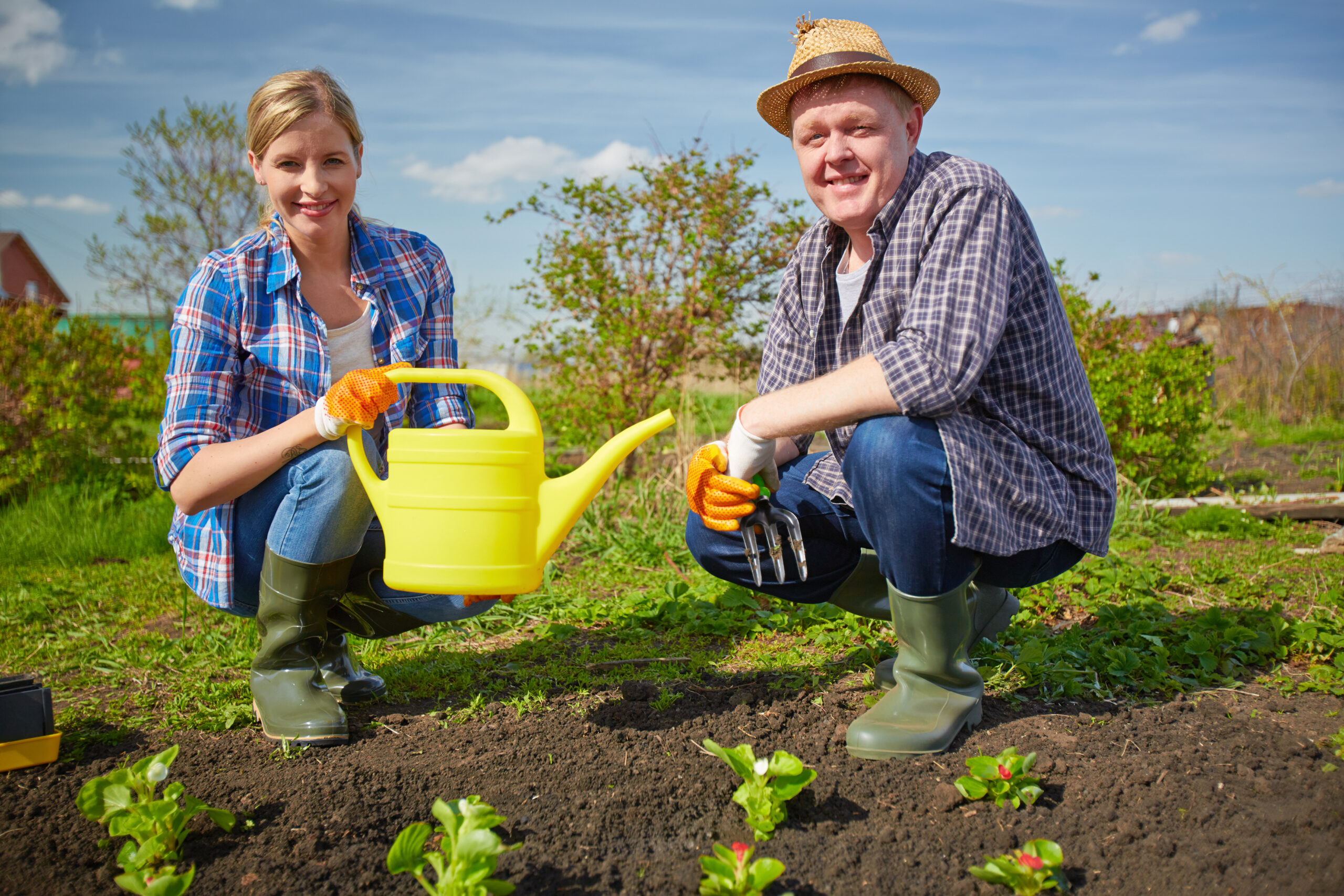Welcome to . In this blog post, we will cover everything you need to know about starting your own home farm. From choosing the right plants and animals for your space to marketing and selling your produce, we’ve got you covered!

Introduction to Home Farming
Home farming is becoming increasingly popular as people seek to live more sustainable lives and have greater control over their food sources. With just a small plot of land and some basic equipment, you can grow your own fruits, vegetables, herbs, and even raise chickens or other livestock. Whether you want to start a full-scale business or simply provide fresh produce for yourself and your family, home farming may be the perfect solution for you.
Choosing the Right Plants and Animals for Your Space
One of the most important steps in starting a home farm is selecting the right crops and animals for your space. Consider factors such as climate, soil type, available water resources, and personal preferences when making your selections. Some common crops that are easy to grow at home include tomatoes, lettuce, spinach, radishes, carrots, and peppers. For animal husbandry, consider raising chickens for eggs or meat, goats for milk and cheese, or rabbits for meat and fur.
Get More Homesteading and Self-Reliance Tips. Subscribe!

Soil Preparation and Maintenance
Another crucial aspect of home farming is preparing and maintaining healthy soil. Start by testing your soil to determine its pH level and nutrient content. You may need to add compost, manure, or fertilizer to improve the quality of your soil. It’s also essential to keep your soil well-drained and aerated to promote root growth and prevent disease.
Water Management and Irrigation Systems
Proper water management is critical for successful home farming. Install an irrigation system to ensure consistent moisture levels and avoid overwatering or under-watering your crops. Consider using drip irrigation or other efficient systems to conserve water and reduce waste.
Building a Sustainable Ecosystem
A key principle of home farming is building a sustainable ecosystem that benefits both you and the environment. Encourage beneficial insects like ladybugs and lacewings to help with pest control, plant companion plants to attract pollinators and repel pests, and use natural remedies instead of chemical pesticides whenever possible.
Pest Control and Disease Management
Despite your best efforts, pests and diseases may still occur on your farm. Be prepared to manage these issues through methods such as crop rotation, handpicking, and organic pest control products. Remember to always monitor your crops closely and act quickly if any problems arise.
Harvesting and Storage Techniques
Once your crops are ready to harvest, it’s time to reap the rewards of your hard work! Learn proper harvesting techniques to maximize yield and preserve the quality of your produce. Experiment with different storage methods such as root cellars, cold frames, and dehydrators to extend the shelf life of your crops.
Marketing and Selling Your Produce
If you plan to sell your produce, there are several ways to do so. Consider setting up a booth at local farmers markets, joining a community supported agriculture (CSA) program, or selling directly to restaurants or grocery stores. Make sure to understand all relevant laws and regulations before embarking on any commercial ventures.
The Benefits of Home Farming
There are many reasons why home farming is a great choice for individuals and families alike. Not only does it allow you to enjoy fresh, locally grown produce year-round, but it also provides opportunities for exercise, education, and social connection. Additionally, home farming can help reduce your carbon footprint and contribute to a more sustainable future.
In conclusion, home farming can be a rewarding and fulfilling experience for anyone willing to put in the effort. By following the tips outlined above, you can get started on your very own small-scale farm today!



